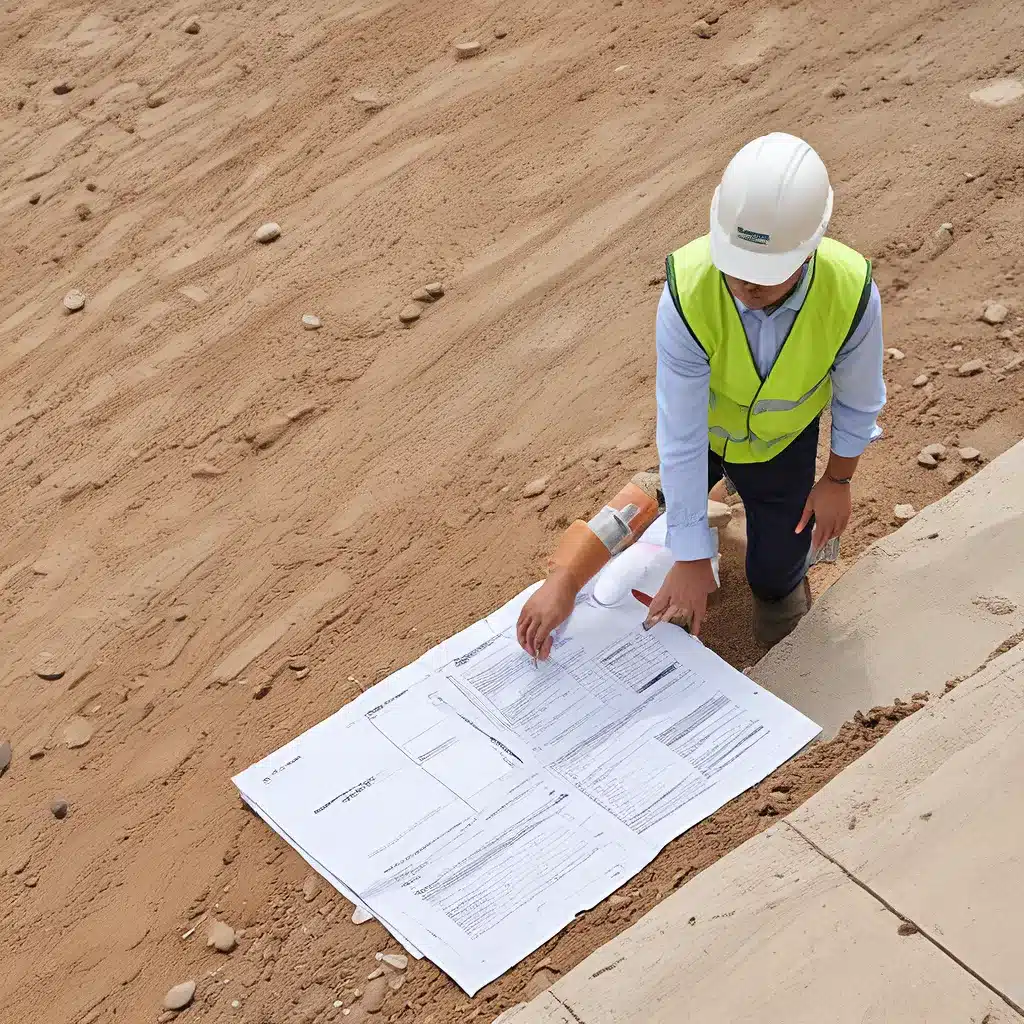
As a general contractor, I’ve seen the construction industry evolve over the years, with a growing emphasis on sustainability and environmental responsibility. Gone are the days when “going green” was seen as an optional, feel-good initiative. Today, it’s a necessity – for the health of our planet, the well-being of our communities, and the success of our businesses.
Embracing the Green Building Movement
I remember the first time a client approached me about incorporating green building principles into their project. To be honest, I was a bit skeptical at first. “Green building? Isn’t that just for tree-huggers and hippies?” I thought to myself. But as I dug deeper into the topic, I quickly realized that sustainable construction practices weren’t just a trendy fad – they were a practical, financially sound, and environmentally conscious way of doing business.
According to a study published in the National Center for Biotechnology Information, the green building movement has gained significant momentum over the past two decades, driven by a growing awareness of the negative environmental impact of traditional construction methods. From energy-efficient design to the use of eco-friendly materials, green building practices aim to reduce a structure’s carbon footprint, improve indoor air quality, and promote the sustainable use of natural resources.
As I learned more, I began to see the tremendous value that green building could bring to my clients, my community, and my own business. By embracing these principles, we could not only minimize our environmental impact but also create healthier, more comfortable living and working spaces, while potentially saving our clients money in the long run.
Navigating the Green Building Landscape
Of course, implementing green building practices isn’t always straightforward. There are a variety of certification programs, rating systems, and regulations to navigate, each with their own set of requirements and standards. The Environmental Protection Agency’s website on green building provides a comprehensive overview of the different certification options, from LEED (Leadership in Energy and Environmental Design) to ENERGY STAR, and the key considerations for each.
As I began to incorporate green building strategies into my projects, I quickly learned that no two jobs are alike. What works for one client might not be the best fit for another, and it’s crucial to tailor our approach to the specific needs and goals of each project.
Overcoming Common Challenges
One of the biggest hurdles I’ve faced is the perception that green building is more expensive. While it’s true that some sustainable materials and technologies may carry a higher upfront cost, the long-term savings on energy, water, and maintenance can often offset these initial investments. As the website of Cusp Emergence, a leading green building consultancy, points out, the benefits of green building extend far beyond just environmental impact, including improved occupant health, increased property values, and reduced operational costs.
Another challenge has been convincing clients to step outside their comfort zones and try something new. Change can be scary, especially in an industry as traditional as construction. But by educating my clients on the tangible benefits of green building and sharing success stories from other projects, I’ve been able to build trust and demonstrate the value of these sustainable practices.
Incorporating Green Building Principles into Your Work
So, how can you, as a general contractor, start implementing green building principles into your work? Here are a few key strategies to consider:
1. Educate Yourself and Your Team
Stay up-to-date on the latest green building technologies, materials, and best practices. Attend industry conferences, read trade publications, and take advantage of online resources and training programs. The more knowledgeable your team is, the better equipped you’ll be to guide your clients and deliver exceptional results.
2. Prioritize Energy Efficiency
Focus on designing and constructing buildings that minimize energy consumption. This might involve incorporating solar panels, using high-efficiency HVAC systems, or optimizing insulation and windows to reduce heating and cooling needs. By reducing a building’s energy footprint, you can not only lower operating costs but also significantly reduce its environmental impact.
3. Embrace Sustainable Materials
Seek out eco-friendly building materials that are recyclable, renewable, or made from recycled content. From bamboo flooring to reclaimed wood, there are countless options that can help reduce waste and lower the carbon footprint of your projects.
4. Optimize Water Management
Implement water-saving strategies, such as low-flow fixtures, greywater systems, and drought-tolerant landscaping. By minimizing a building’s water usage, you can help conserve this precious natural resource and reduce the strain on local infrastructure.
5. Prioritize Indoor Air Quality
Ensure that your buildings provide a healthy, comfortable environment for occupants. This might involve using low-VOC paints and finishes, incorporating natural ventilation, or specifying air purification systems. By focusing on indoor air quality, you can create spaces that promote the well-being of the people who live and work within them.
6. Engage Your Clients
Educate your clients on the benefits of green building and work closely with them to identify the strategies that best fit their needs and budget. Encourage them to think long-term and consider the lifetime cost savings and environmental impact of their project.
Embracing the Future of Construction
As I look back on my journey in the construction industry, I’m proud to see how far the green building movement has come. What was once a niche concept is now a mainstream, mission-critical imperative for businesses and communities alike.
By embracing green building principles in our work, we have the power to not only transform the built environment but also to positively impact the health of our planet and the well-being of those who inhabit it. It’s a responsibility that I take seriously, and one that I know will only grow in importance in the years to come.
So, let’s roll up our sleeves and get to work. Together, we can construct a greener, more sustainable future, one project at a time. Who’s with me?
Related posts:
No related posts.




